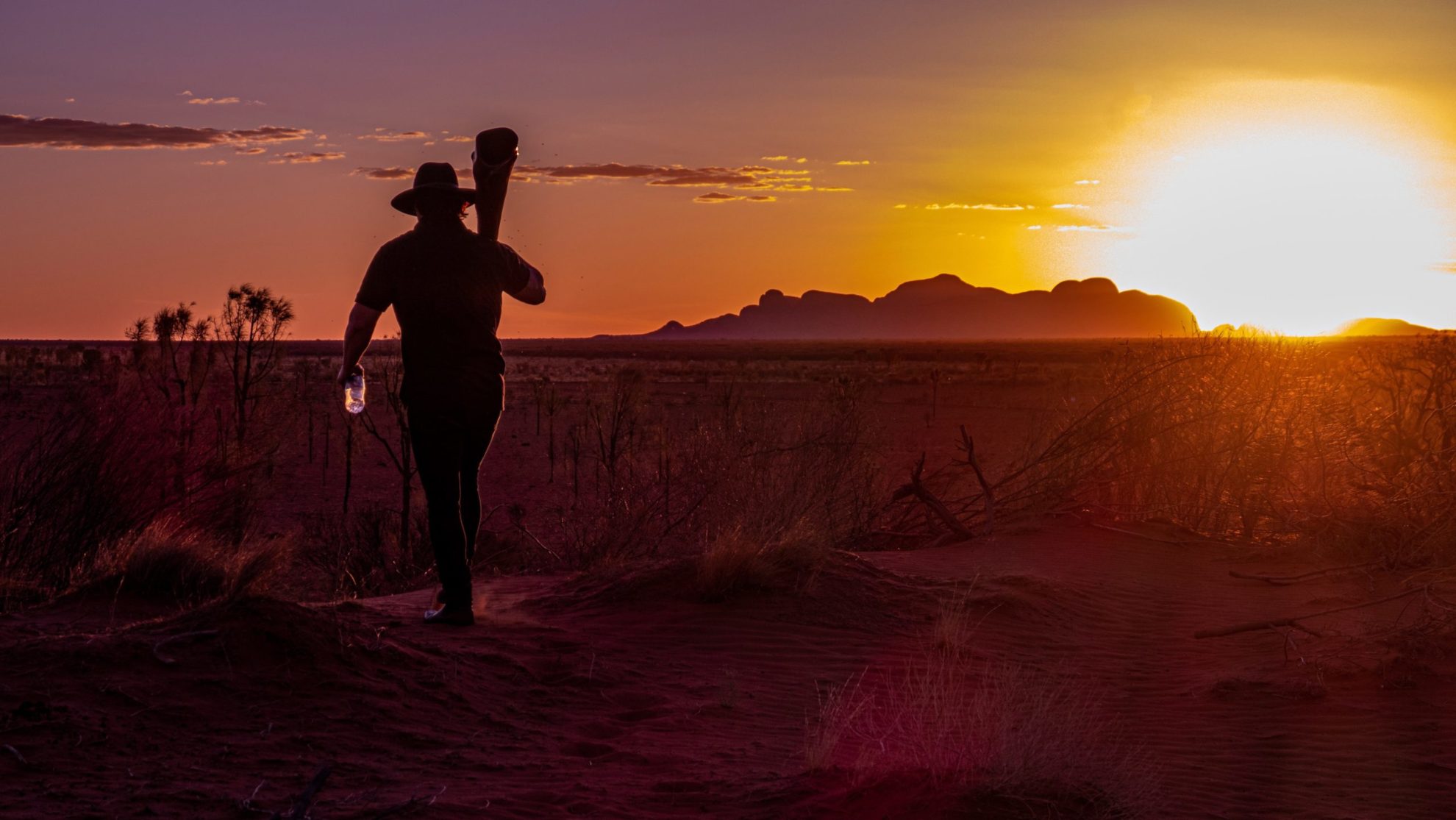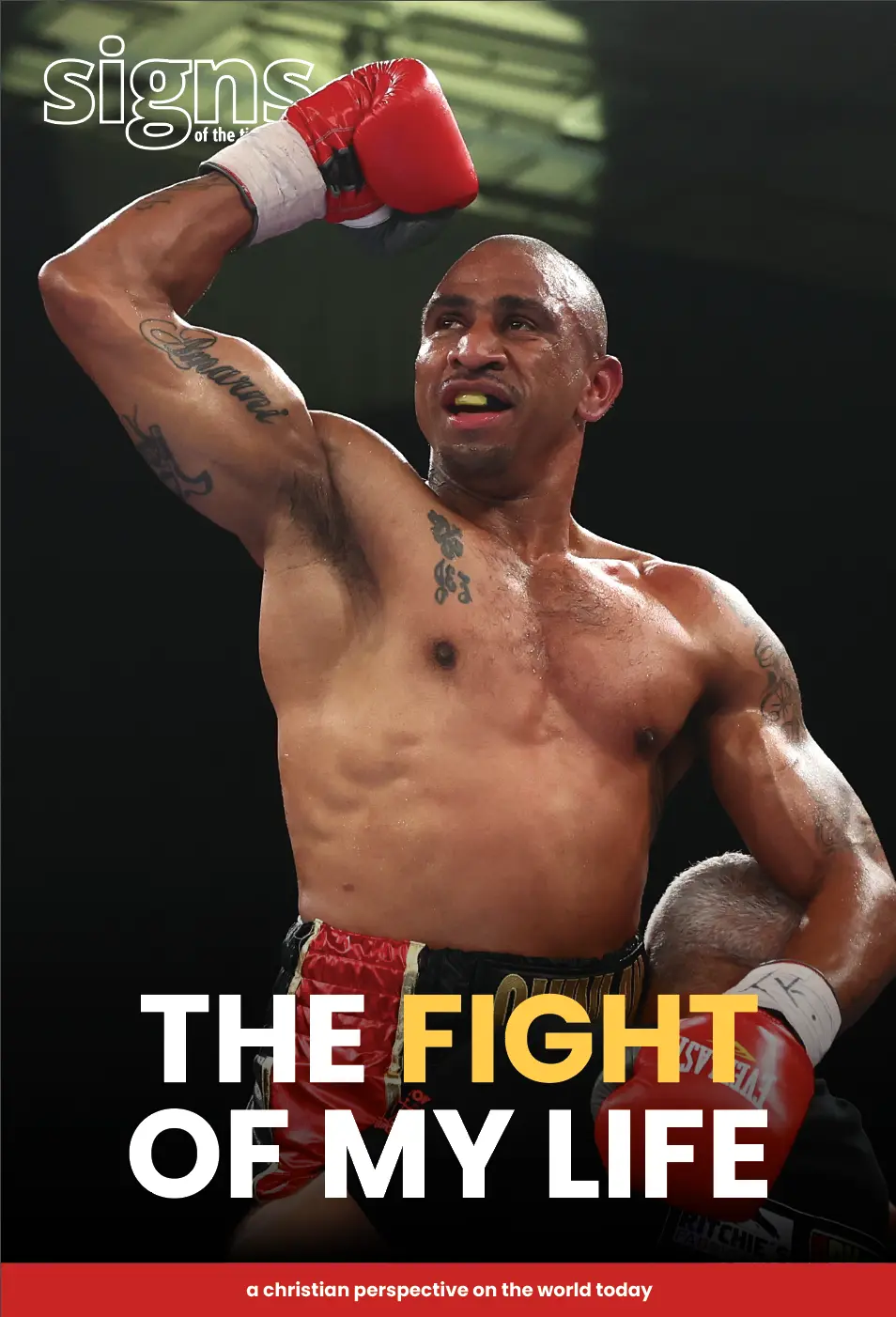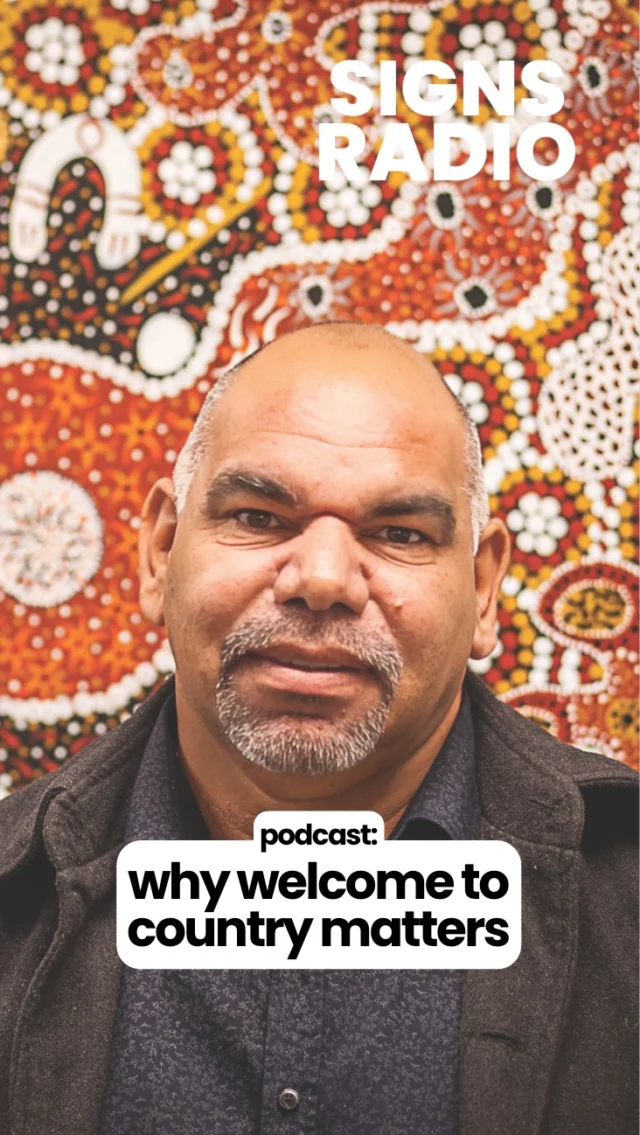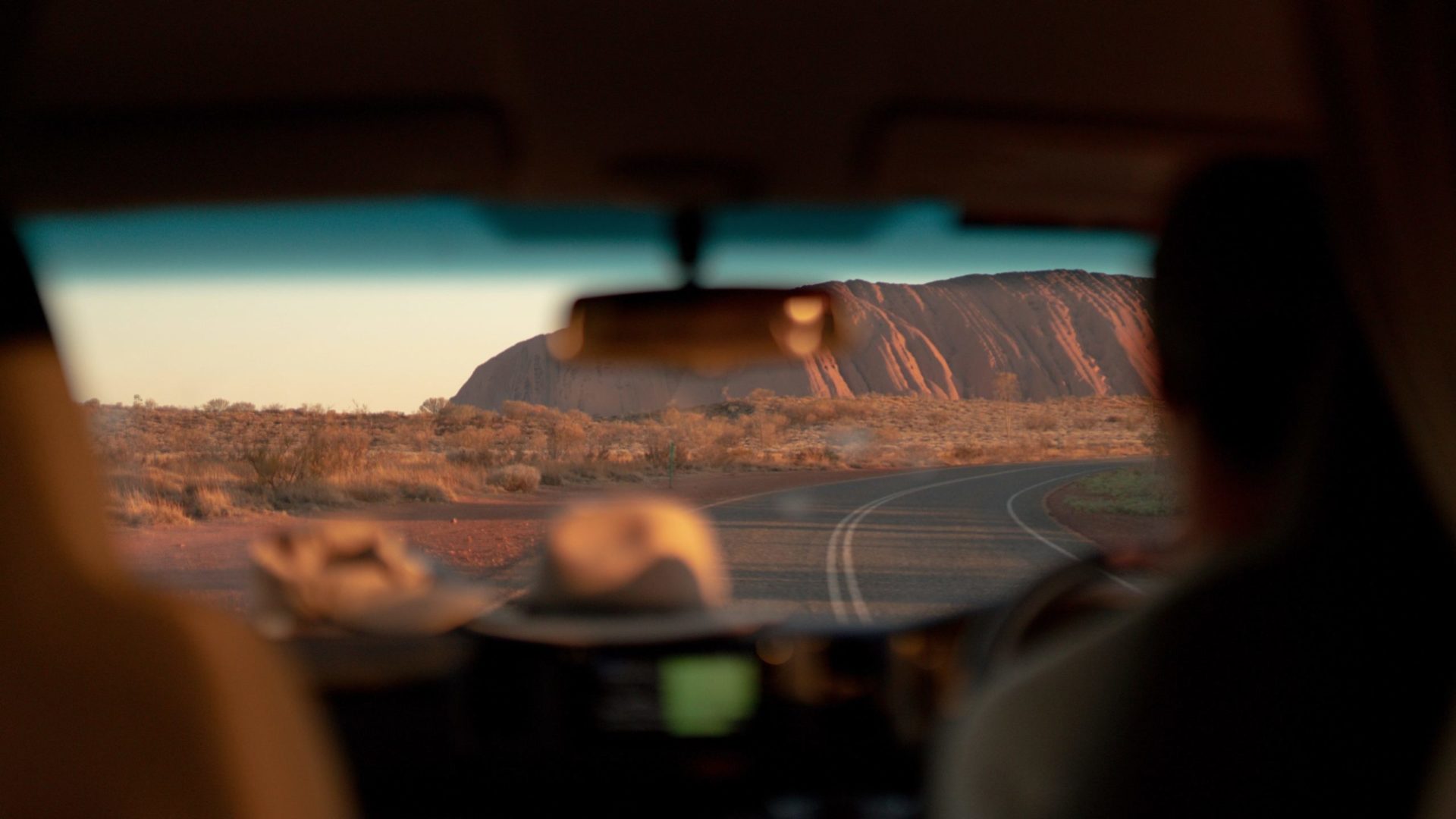
When Black Lives Matter protests spread around the world in June last year after the murder of George Floyd by a police officer in Minneapolis, and other such tragedies, many from the Australian continent joined the call for more work to confront and dismantle racism in its many forms.
But the protests from Australian people were not merely echoing what was happening half a world away.
While issues of systemic racism in the United States continue to receive attention in our news feeds, Australia’s Indigenous people are incarcerated at almost 12 times the rate of our non-Indigenous people and at an even higher rate than that of the much-discussed mass incarceration of the Black population in the United States. And now, 30 years after the findings of the Royal Commission into Aboriginal Deaths in Custody were released, more than 470 Indigenous people have died in custody. Tragically, Black Lives Matter seems an even more urgent cry in the experiences of Australia’s Indigenous peoples.
During the protests, I noticed a recurring theme among the various interviews and panel discussions featuring Indigenous leaders, activists and artists—and recognised my ignorance about much of what they were talking about. The Uluru Statement from the Heart and its three-part invitation to the Australian nation was repeatedly referenced. I remembered hearing reports of the government’s summary dismissal of the suggestion of an Indigenous “Voice to Parliament” that might have been somehow added to the mechanisms set out in the constitution. But I realised that I knew little of the background or larger content of this statement—or of the other two reforms outlined in the statement.
The voices I heard talking about this statement seemed to think it was a significant opportunity for our nation to do better in its relationship with its Indigenous people. So I started to do some research—online searches, news reports and a book telling the story of the Uluru Statement—beginning with the simply task of finding and reading the statement itself.
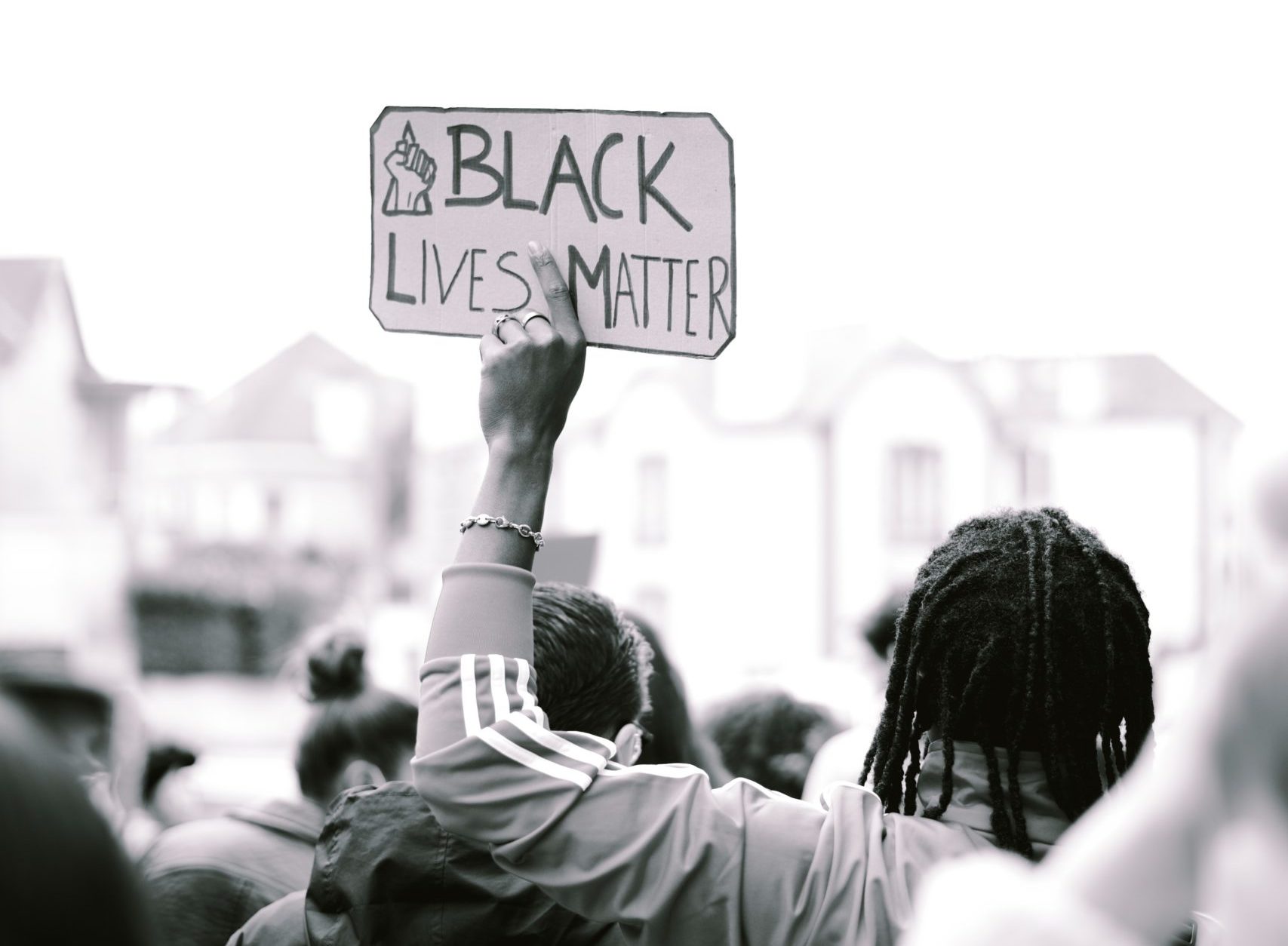
Photo by Guillaume Issaly on Unsplash
The story of the Uluru Statement
The Uluru Statement from the Heart was issued on May 26, 2017 at the First Nations National Constitutional Convention, a conference of Indigenous representatives gathered at Uluru to mark the 50th anniversary of the 1967 referendum that provided constitutional recognition of Australia’s Aboriginal and Torres Strait Islander people as citizens of the nation with an overwhelming vote. While a significant—and long-overdue—step, the continuing failure to recognise the pre-existence of the land’s original inhabitants and traditional custodians, as well as the chronic disadvantage suffered by these peoples, demonstrate the work still to be done by the Australian nation in regards to addressing indigenous issues.
In the lead up to the Uluru gathering, a series of 13 regional dialogues sought to hear the voices and collect input from the diverse groups of Australia’s Indigenous peoples. This was a government-supported process, seeking recommendations for further constitutional reform for greater recognition of First Nations peoples.
We are tempted by our language and limited experiences to consider Aboriginal people as a single people group. Adding to this impression is their sadly common experiences of disruption and dispossession, which destroyed some of the distinct culture and languages. But the original inhabitants of the lands now known as Australia were made up of more than 500 nations or clans, with diverse languages, cultures, lifestyles and beliefs. As such, a national consultation process has its inevitable challenges. I have talked with Indigenous people who expressed their reservations about the process that led to the Uluru Statement—feeling that their people were not sufficiently included or represented in the process or in making the final statement—but who yet see the value and opportunity that the statement offers.
The three reforms
The first reform called for by 2017’s Uluru Statement was the most widely known, primarily for its quick dismissal by the government and prime minister at the time. No, we were told, Indigenous people were not going to be empowered to set themselves up as a third chamber of Australia’s parliament—even though this was not what they are asking for. What they seek instead is a “First Nations Voice”, protected through enshrinement in the Australian Constitution. This constitutionally enshrined voice would provide a body that would represent Australia’s Indigenous voices to the Australian government and that cannot be abrogated or even disbanded at the whim of the government of the day—as has happened in the past. The process and nature prime of this body is yet to be determined but this work will not begin without better leadership from the Australian government, including a more accurate portrayal of the proposal itself.
The other two proposed reforms would come under the auspices of a proposed Makarrata Commission—the name coming from the Yolngu language, meaning “a coming together after a struggle”—which would oversee a process of agreement-making or treaty between the Australian government and its First Nations peoples, and a process of truth-telling about the dispossession, massacres, policies of systemic racism, exploitation, incarceration and continuing disadvantage that have blighted the European history of Australia. These are processes that have been pursued in places like Canada and South Africa. There is work to be done in formulating and establishing these processes, but it begins with a common will to do this important national work of truth, justice, confession and healing.
Makarrata lived
Earlier this year, my ongoing journey of learning and reflecting on the invitation and opportunities of the Uluru Statement from the Heart took me to a hillside just outside Geelong on a pleasant Saturday evening in mid-March. The sunset was burning away to twilight when the lights went up on Midnight Oil’s “Makarrata Live” show. The veteran Australian band’s mini album of last October—The Makarrata Project—featured a variety of new music collaborations with an array of Indigenous artists such as Jessica Mauboy and Kev Carmody. The album also included a reading of the Uluru Statement by notable First Nations people, including Stan Grant, Pat Anderson, Adam Goodes and Ursula Yovich. Now Midnight Oil—which consists of, amongst others, Rob Hirst, Jim Moginie, the late Bones Hillman and frontman Peter Garrett—had brought a number of these Indigenous musicians with them to a series of performances, giving them a larger stage and demonstrating the potential for working and walking together.
On this last night of the tour, the 13,000-strong crowd was the largest crowd for a music event in Australia in the 12 months of pandemic restrictions and, for me and many others, our first outing with such a crowd since the lockdowns of 2020. It was a night of celebration and possibility, informed by videos that told the story of the Uluru Statement and the contributions of collaborators including Troy Cassar-Daley, Dan Sultan and Alice Skye. The final encore culminated in an all-hands-on-stage performance of the iconic “Beds Are Burning” with lead vocals by Cassar-Daley, Sultan and Tasman Keith. These are voices that we needed to hear—and it was significant that Midnight Oil gave them back their song.
While “Black Lives Matter” might feel like an imported slogan, our Indigenous leaders and voices, as well as artists like Midnight Oil and so many others, offer us our own language for the urgent tasks of confronting our historical and systemic racism, and working for recognition, justice and national healing. But the Uluru Statement from the Heart is an invitation into processes that can move beyond slogans, songs and good intentions. We must hear, listen and respond—and work together to learn together how to walk together
To read the Uluru Statement from the Heart in full, click this link. Want something more? Get in touch with our help team with your questions or requests and we’ll do our best to help you.
Nathan Brown is a book editor for Signs Publishing in Warburton, Victoria.


